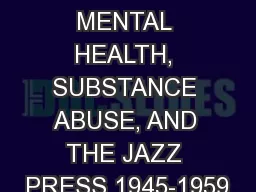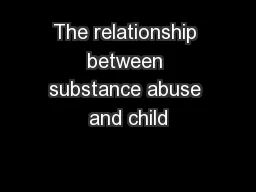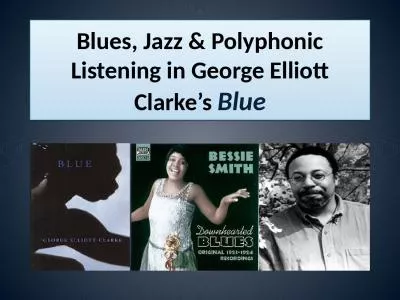PPT-“BLUE MONK”: MENTAL HEALTH, SUBSTANCE ABUSE, AND THE JAZZ PRESS 1945-1959
Author : pamella-moone | Published Date : 2018-02-16
Case Study Thelonious Monk Monk was first hospitalized in 1957 at Bellevue in NYC It was an involuntary admission He was considered a danger to himself and others
Presentation Embed Code
Download Presentation
Download Presentation The PPT/PDF document "“BLUE MONK”: MENTAL HEALTH, SUBSTANC..." is the property of its rightful owner. Permission is granted to download and print the materials on this website for personal, non-commercial use only, and to display it on your personal computer provided you do not modify the materials and that you retain all copyright notices contained in the materials. By downloading content from our website, you accept the terms of this agreement.
“BLUE MONK”: MENTAL HEALTH, SUBSTANCE ABUSE, AND THE JAZZ PRESS 1945-1959: Transcript
Download Rules Of Document
"“BLUE MONK”: MENTAL HEALTH, SUBSTANCE ABUSE, AND THE JAZZ PRESS 1945-1959"The content belongs to its owner. You may download and print it for personal use, without modification, and keep all copyright notices. By downloading, you agree to these terms.
Related Documents














